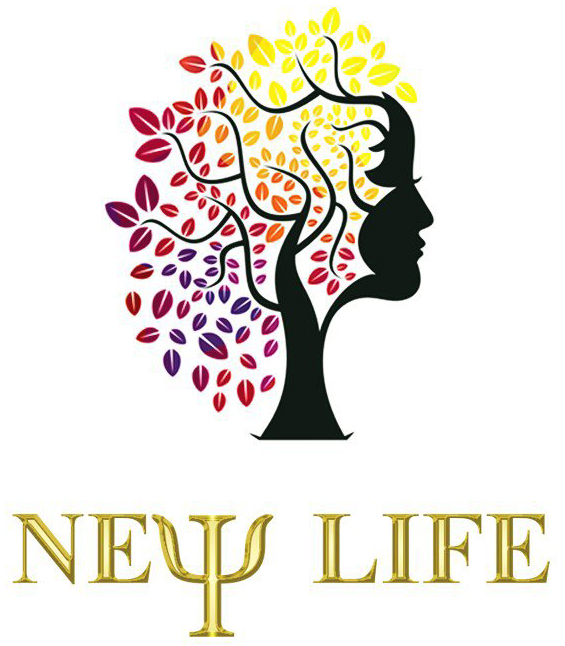Throughout human history, symbols have served as powerful carriers of meaning, transcending language barriers and cultural differences. They often encapsulate complex ideas, spiritual beliefs, and societal values within simple visual forms. Recognizing the universality and longevity of these symbols reveals a shared human tendency to communicate through imagery, fostering understanding across generations. Today, understanding ancient symbols not only enriches our knowledge of past civilizations but also offers insights into contemporary visual culture and personal identity.
Table of Contents
- The Foundations of Egyptian Symbolism: Beliefs, Mythology, and Daily Life
- Core Concepts Behind Egyptian Symbols and Their Universal Messages
- From Ancient Egypt to Modern Icons: The Evolution of Symbolic Meaning
- The Eye of Horus: An Illustration of Ancient Symbolic Power in Modern Times
- Deciphering the Language of Symbols: How Meaning Is Conveyed and Interpreted
- Non-Obvious Layers: Hidden Meanings and Symbolic Interconnections
- The Future of Ancient Symbols: Preservation, Innovation, and Global Dialogue
- Conclusion: Unlocking the Wisdom of Ancient Symbols for Contemporary Life
The Foundations of Egyptian Symbolism: Beliefs, Mythology, and Daily Life
Ancient Egyptian civilization is renowned for its intricate system of symbols that reflected their religious beliefs, societal values, and understanding of the universe. Egyptian religion was polytheistic, with gods representing natural forces, cosmic principles, and moral virtues. These deities were central to daily life and the afterlife, shaping symbols that conveyed divine authority, protection, and cosmic order.
For example, the stories of gods like Ra, Osiris, and Isis informed the creation of symbols such as the solar disk, the Djed pillar, and hieroglyphic cartouches. Ra, the sun god, symbolized the cycle of life and renewal, with his daily journey across the sky representing cosmic stability. The Djed pillar, associated with Osiris, symbolized resilience and continuity, reflecting the belief in eternal life. These symbols were omnipresent in temples, tombs, and everyday objects, emphasizing their profound significance.
Key Symbols in Egyptian Life
- Ra’s Journey: The solar disk and the serpent emblem depicted Ra’s daily voyage, symbolizing rebirth and divine authority.
- Cartouches: Encasing royal names, these protect the identity and divine status of pharaohs, safeguarding their legacy.
- Djed Pillar: A symbol of stability, often associated with resurrection and eternal life, linking the living with the divine.
Core Concepts Behind Egyptian Symbols and Their Universal Messages
The recurring themes in Egyptian symbolism often conveyed messages of life, protection, stability, and divine authority. These core concepts transcend specific cultural contexts, resonating with universal human experiences and values.
One of the most prominent symbols is the sun, representing not only the physical source of light and life but also embodying divine power and renewal. The sun’s daily cycle was linked to Ra, the supreme deity, whose journey across the sky symbolized the eternal cycle of death and rebirth—a concept shared by many cultures globally.
Similarly, cartouches served as protective amulets inscribed with divine names, believed to safeguard the bearer from evil. The Djed pillar symbolized resilience and stability, echoing the human desire for enduring strength amidst life’s uncertainties. These symbols functioned as metaphors for universal human aspirations: to survive, to thrive, and to connect with the divine.
From Ancient Egypt to Modern Icons: The Evolution of Symbolic Meaning
Many ancient symbols have persisted through millennia, either retaining their original meanings or evolving into new representations in contemporary culture. This enduring legacy demonstrates the profound influence of Egyptian symbolism on art, design, and popular culture worldwide.
For instance, the eye symbol, originating from the Eye of Horus, has become a universal emblem of protection, health, and spiritual insight. Its use in jewelry, logos, and media illustrates how ancient symbols adapt to modern contexts while preserving their core meanings. Such continuity underscores the deep-rooted human tendency to find meaning in visual motifs that resonate across ages and cultures.
The transformation of Egyptian symbols into contemporary icons is exemplified by the widespread adoption of the Eye of Horus, which has taken on new significance in health advocacy, fashion, and even digital branding. This evolution highlights the dynamic relationship between historical symbolism and modern innovation.
The Eye of Horus: An Illustration of Ancient Symbolic Power in Modern Times
The Eye of Horus, also known as Wadjet, originates from Egyptian mythology where it represented protection, royal authority, and healing. According to myth, Horus’s eye was injured during a conflict with Seth, but it was later restored, symbolizing restoration and wholeness. This powerful mythological story underpins the symbol’s enduring significance.
In contemporary culture, the Eye of Horus is often used in jewelry and logos, symbolizing protection and well-being. Its geometric shape, featuring a stylized eye, makes it an attractive motif for designers, while its deep historical roots give it a layer of mystical meaning. This transformation from myth to modern icon exemplifies how ancient symbols can embody universal human desires for safety and health.
Interestingly, some online platforms even incorporate the Eye of Horus as a symbol of luck or spiritual awareness. For example, exploring the Eye of Horus demo provides a contemporary context where the symbol’s protective qualities are invoked in a playful, modern setting, illustrating its continued cultural relevance.
Deciphering the Language of Symbols: How Meaning Is Conveyed and Interpreted
Symbols communicate complex ideas through visual elements and metaphors. The shape, color, and context of a symbol influence its interpretation, often relying on cultural familiarity and shared knowledge. For example, the circular shape of the Eye of Horus conveys wholeness and protection, while the detailed lines evoke watchfulness and insight.
Cultural context plays a critical role in understanding symbols. While the Eye of Horus signifies safety and health in many cultures, its interpretation can vary based on local traditions and beliefs. Recognizing these nuances enhances our ability to interpret symbols accurately and appreciate their layered meanings.
In personal and societal domains, symbols help shape identities and reinforce values. They serve as visual shorthand for complex ideas, fostering shared understanding and collective memory. This underscores the importance of studying symbols not only as historical artifacts but also as active elements of cultural dialogue and self-expression.
Non-Obvious Layers: Hidden Meanings and Symbolic Interconnections
Many Egyptian symbols contain mathematical and geometric principles, such as proportions based on sacred ratios, which reinforce their spiritual significance. The precise symmetry and ratios in symbols like the Eye of Horus reflect underlying notions of harmony and cosmic order.
Furthermore, parallels exist between Egyptian symbols and those from other ancient cultures. For instance, the Greek Ouroboros and Chinese dragon motifs share themes of eternity and protection, illustrating how universal concepts are expressed through different visual languages.
Psychologically, symbols influence cognition and emotion, eliciting feelings of safety, awe, or spiritual connection. Their archetypal qualities resonate with the human subconscious, making them powerful tools for personal transformation and societal cohesion.
The Future of Ancient Symbols: Preservation, Innovation, and Global Dialogue
Ongoing archaeological research and digital preservation efforts ensure that ancient symbols continue to be studied and appreciated. At the same time, modern artists and designers reinterpret these symbols creatively, blending tradition with innovation. This dynamic process keeps the symbolic heritage alive and relevant.
Symbols also play a crucial role in fostering cross-cultural understanding. By exploring shared motifs and their meanings, societies can build bridges of appreciation, promoting dialogue and respect for diverse heritages. Initiatives like cultural exhibitions and educational programs serve to deepen our collective connection to these ancient visual languages.
Conclusion: Unlocking the Wisdom of Ancient Symbols for Contemporary Life
The enduring relevance of ancient symbols lies in their ability to encapsulate universal human experiences—protection, resilience, divine connection—and to adapt across cultures and eras. Their study enriches our personal and collective identities, fostering a sense of continuity with our ancestors.
Encouraging further exploration of symbolic heritage can deepen appreciation for the rich tapestry of human expression. As we navigate a complex world, these timeless visual motifs offer guidance and insight, reminding us of shared values that transcend time and geography.
Reflecting on the journey from ancient Egyptian beliefs to modern icons reveals that symbols are not static artifacts but living elements of cultural dialogue—continually inspiring and connecting us across generations.



